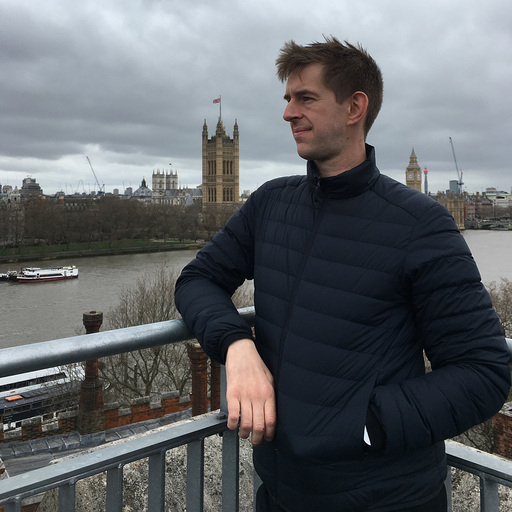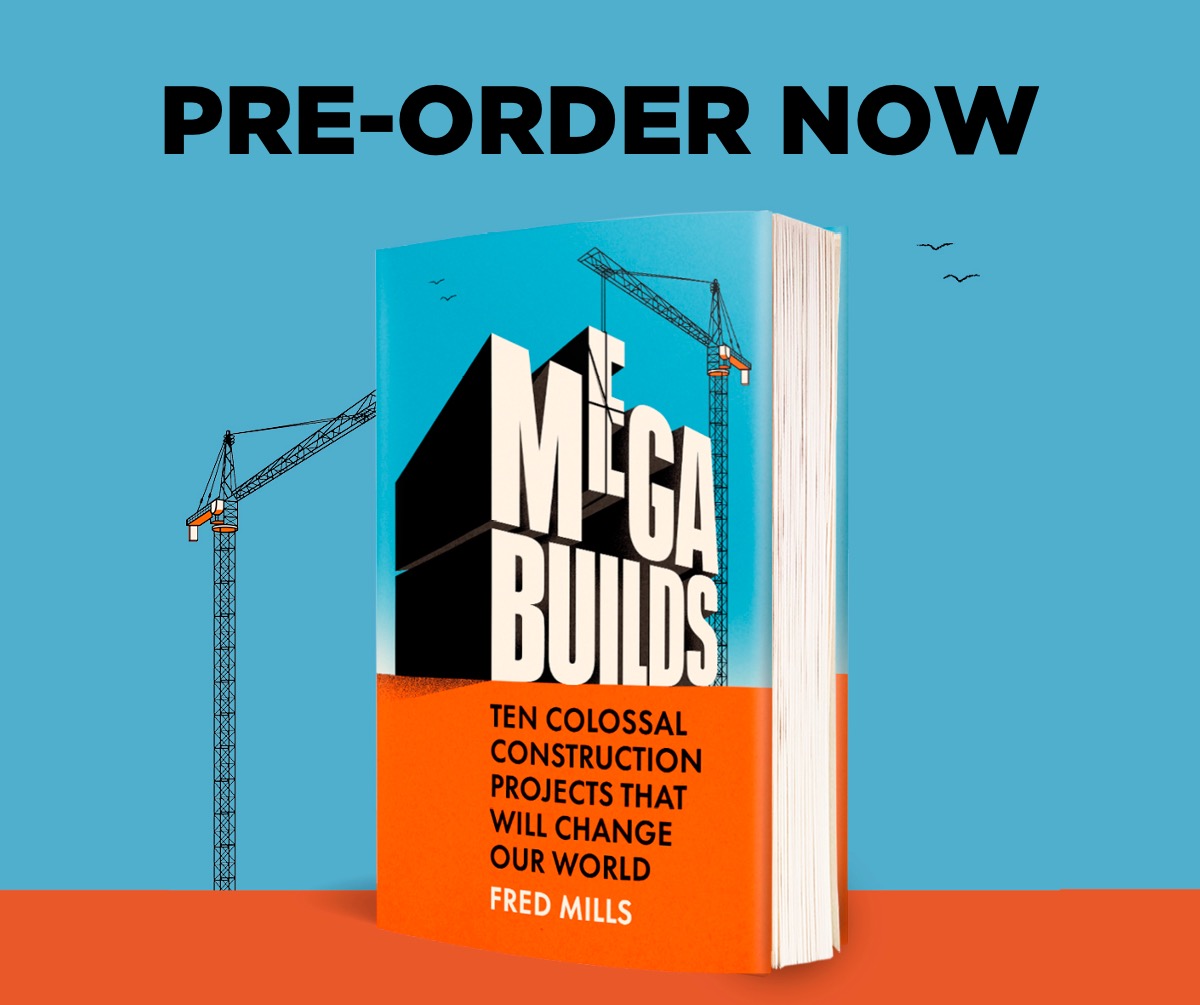Colombia’s Urgent $4BN Rail Upgrade
- Youtube Views 1,042,270 VIDEO VIEWS
Video hosted and narrated by Fred Mills. This video contains paid promotion for Brilliant.
Bogotá, Colombia’s bustling capital of eight million people, has long struggled with one of the worst traffic problems in the world. On average, a commuter in the city loses over ten days each year to gridlock—an alarming figure that continues to rise. While the city’s TransMilenio Bus Rapid Transit (BRT) system offers a crucial lifeline for nearly two million daily users, it has been clear for decades that Bogotá needs more.

Above: The Bogota Metro will transform transport in the city.
A new solution is finally taking shape: the Bogotá Metro. This elevated, driverless train system, set to span 24 kilometres, promises to transform urban mobility for the capital’s residents. When complete, it could remove over a million cars from the city’s streets every day. Yet, the road to this moment has been fraught with delays, political wrangling, and technical challenges—stretching back more than 80 years.
Despite Bogotá’s traffic woes, Colombia has built a global reputation for innovative public transport solutions. The TransMilenio, a network of segregated express bus lanes launched in 2000, has inspired similar systems worldwide. Medellín, the country’s second-largest city, is another testament to this ingenuity. Once synonymous with violence and poverty, Medellín has transformed through groundbreaking infrastructure projects, including its cable cars and outdoor escalators.
These systems opened up the city’s steep, impoverished neighbourhoods, improving access and opportunity for residents. Medellín’s approach has since been emulated in cities as diverse as Rio de Janeiro and Portland, Oregon. Yet, while Medellín thrives as a model of urban mobility, Bogotá’s quest for a metro has been a lesson in perseverance.

Above: Medellín's Metro Cable is a crucial piece of infrastructure.
The first proposal for a Bogotá metro surfaced in 1942. Political instability and financial challenges stalled progress for decades. By the 1980s, consensus on building a metro began to form, but the project was derailed in the 1990s following Colombia’s economic recession and cost overruns in Medellín’s metro construction.
Instead, Bogotá invested in the TransMilenio. While effective, the BRT system was always a stopgap. Calls for a metro resurfaced in the 2010s, leading to studies and plans for an underground network. However, in 2016, then-mayor Enrique Peñalosa pivoted to an elevated metro design, citing costs and feasibility.
While this battle was primarily a political one, it does highlight the difficulty of building a metro from scratch in a modern, developed city. An underground system may be thought of as causing the least long term disruption to the city, but there are multiple ways to go about building it, each with their strengths and weaknesses.
A bored tunnel has the benefit of causing very little interference during construction. Aside from an entry and exit hole to bring the TBM in and out of, this stile of tunnel is safe and effective. But also, incredibly expensive.
A cheaper option is the cut and cover method which was used to build the world’s first underground railway in London in 1863. Just as you’d expect, it involves digging a trench, laying a railway and re-constructing the street level over the top.
This method has been successfully used to build metros from New York to Tokyo but the major drawback is the huge disruption it causes at street level. Vancouver’s Canada line is a famous example of this. Construction took months longer than expected causing chaos to traffic and long term damage to businesses located along the construction route.
An elevated railway, or viaduct, has the disadvantage of leaving permanent infrastructure in the city above ground level which can impact neighbourhoods and require buildings to be demolished. It is however very cost effective which makes it the most feasible option for Bogotá and as former mayor Claudia López once argued “The best line there is the one that is built; the worst is the one that is only on paper.”
Work on the elevated metro began in 2021, with a design featuring a 23.96-kilometre viaduct supported by precast concrete segments. Central to its construction is the use of a beam launcher—a massive, automated machine designed to assemble viaducts efficiently and safely. This technology transforms prefabricated concrete segments, known as U-beams, into sturdy bridges spanning the city. The beam launcher allows engineers to build the metro line high above Bogotá’s congested streets, minimising disruptions during construction.

Above: The viaduct is constructed using a beam launcher.
Each U-beam is a hefty component, measuring around 10 metres wide and weighing approximately 64 tonnes. The launcher begins its work by being mounted onto precast concrete piers along the route. Once in position, the beam launcher lifts and aligns the U-beams with precision, securing them in place using high-strength cables and adhesive seals. This process is repeated section by section, with the launcher rolling forward to the next set of piers, creating a seamless viaduct across the city.
By using the beam launcher, Bogotá’s metro project not only saves time but also reduces costs compared to traditional construction methods. This innovative approach highlights Colombia’s commitment to leveraging modern engineering solutions to overcome urban challenges.
When the Bogotá Metro finally opens, it will mark a monumental step forward for a city in dire need of improved transport. It will also cement Colombia’s reputation for bold, innovative solutions to urban challenges. Until then, Bogotá’s residents will continue to rely on the TransMilenio—a system that, while groundbreaking in its own right, has always been a temporary fix for a city with bigger ambitions.
This video and article contain paid promotion for Brilliant. To try everything Brilliant has to offer for free for a full 30 days, visit https://brilliant.org/TheB1M/ you’ll also get 20% off an annual premium subscription.
Video narrated and hosted by Fred Mills. Additional footage and images
courtesy of Maria Ospina, Metro de Bogota, CGNT, Al Jazeera, France 24, Netflix, Pedro Szekely, Nigel Burgher, Cacophony, Shadowfoot, Museum of Transport and Technology, RNZ, CBC, United States. Office of the Coordinator of Inter-American Affairs, Peter Angritt.








